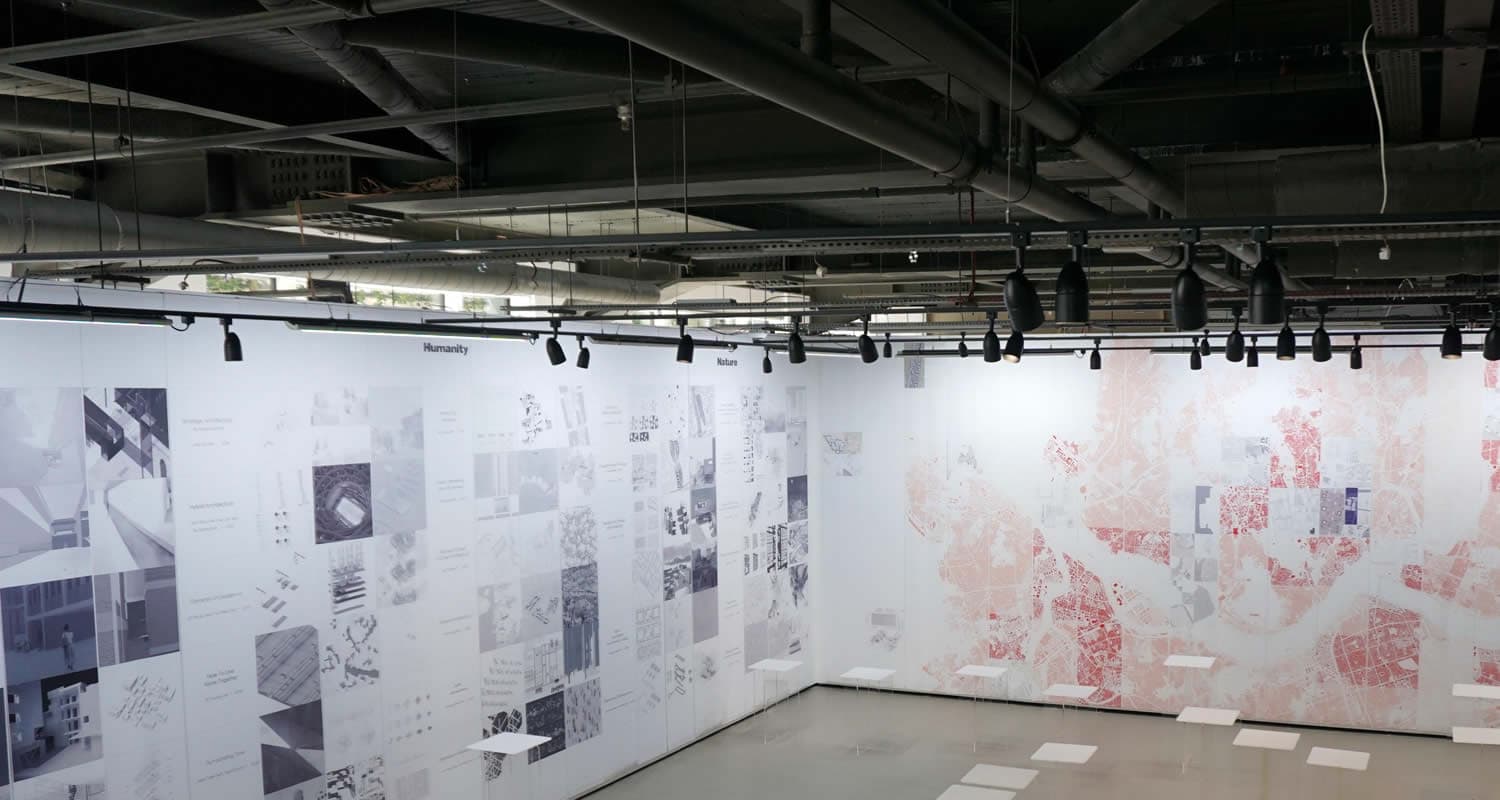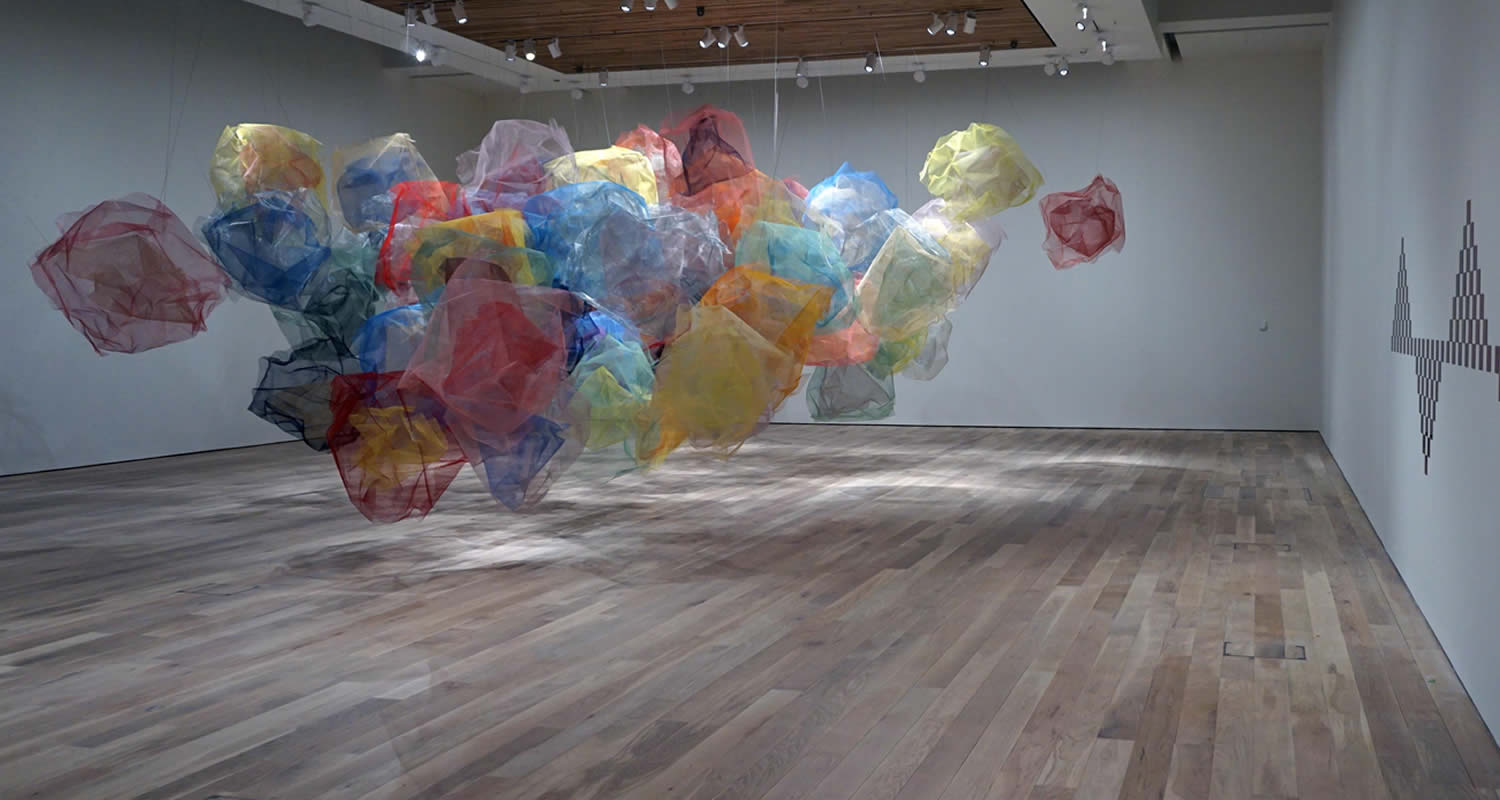Museum Exhibition Lighting
What Are Some Key Considerations When Designing Lighting for Museum Exhibits?
When designing lighting for museum exhibits, there are numerous key considerations to keep in mind to ensure that the lighting is of high museum standard quality.
The first and foremost consideration is to protect the objects on display by avoiding excessive exposure to bright light. This is where conservation lighting comes into play. Conservation lighting can include safeguarding measures such as low light levels, lighting controls, and filters to block out harmful ultraviolet and infrared radiation.
Many museum pieces are sensitive to light, and prolonged exposure to excessive sunlight can cause fading, cracking or other damage over time. As a result, museum lighting designers must carefully balance the need for optimal illumination with the need to protect and conserve the objects on display. Ensuring optimal illumination in a museum environment while protecting the artworks is a truly complex task.
Lighting for Museum Exhibits and the Optimal Illumination
In addition to light levels, the amount of time the artefacts are exposed to light is also an important consideration.
For instance, 50 lux x 8 hours equals 400 Lux for one hour. Since any amount of light can have a diverse effect on a light-sensitive artefact, the normal level deemed a compromise between safety and visitors being able to see the item on display is around 50 lux. However, some materials like papyrus require 30 Lux as the desired level. Furthermore, new technologies such as Bluetooth control or passive infrared (PIR) sensors allow lights to be turned off or dimmed even further if no visitors are present. This approach also has great energy savings but is much more expensive to install.
It’s worth noting that certain materials, such as marble, stone, and bronze, are much less susceptible to damage from light exposure than more fragile artworks with materials such as textiles or paper. This means the lighting designer can use higher light levels to create more impactful museum exhibition displays with a WOW factor that showcases the object’s beauty and unique features.
Shedding Light on the Art of Museum Lighting
Another key consideration is the type of artwork or artefacts displayed in the museum exhibit space. If it is just paintings hanging on the outer walls of a box-like gallery, then this is far easier to light than if sculptures or three-dimensional objects are on display.
The placement of the lighting track from walls is paramount if you achieve an angle that will light the art pieces beautifully without the visitor casting shadows onto the work. If there are internal or temporary walls or sculptures, the track layout must be able to deliver multiple light sources from different directions while still maintaining the optimum angle.
The type of LED light fixture to be used and how it is controlled is also important. Many of the latest light fixtures can control the temperature of the white light, allowing it to vary from a warm orange light, which works well on fine art oil paintings with gilded frames, to a cool blue light preferred for contemporary works. This adjustable white light is called tuneable white.
Temporarily & Permanent Lighting for Museum Exhibits
Once you have decided on the temperature of the light, you need to consider what angle of the LED light fixture should be used, ranging from a narrow 10-degree to a wide 60-degree beam or maybe a wall washer, where the wall is lighted evenly from the top of the wall to the bottom. Many of the more expensive light fittings can adjust the light level, angle and colour rendering either, manually or via Bluetooth control. These light fittings are wonderful if you change your displays regularly, for example, with a temporary exhibition space. This choice of lighting for museum exhibits gives total control and flexibility.
However, like everything else, these special light fittings are very expensive. They are unnecessary when displays won’t change that often, as almost the same quality of light can be achieved with far cheaper fixed angle and colour temperature fittings. Nonetheless, this takes more technical skill and planning, as once you have ordered the fittings, you are stuck with both.
The positioning of the LED light source concerning the front of the light fitting, and the availability of attachments such as anti-glare rings, is another key consideration to keep in mind. This is particularly crucial in ensuring visitors’ visual comfort. The impact of an overwhelming first impression, such as that of a thousand stars in their eyes, cannot be overstated. Therefore, it is important to create a welcoming and comfortable museum exhibit environment that sets the right inviting tone for the visitors.
Regarding the lighting controls, please explore our article Bluetooth Vs Dali Vs Basics Control Shoot Out!
Ultimately, the lighting should enhance the visitor’s experience by showcasing the artwork or artefacts on display in the optimal way. This means that the lighting should be carefully calibrated to highlight the key features of each piece while still providing a comfortable level of illumination for visitors when exploring the space.
The physical appearance of the light track and fixtures should, for the most part, be discreet, whereas the lighting it provides should be visually appealing and add an appropriate atmosphere.
When working on any new museum project, our lighting design team prefer to carry out mock-ups using light fittings they have specified or the museum has provided. There is no substitute for light fixture testing; it always provides invaluable information that helps deliver something special on museum or exhibition opening day.


